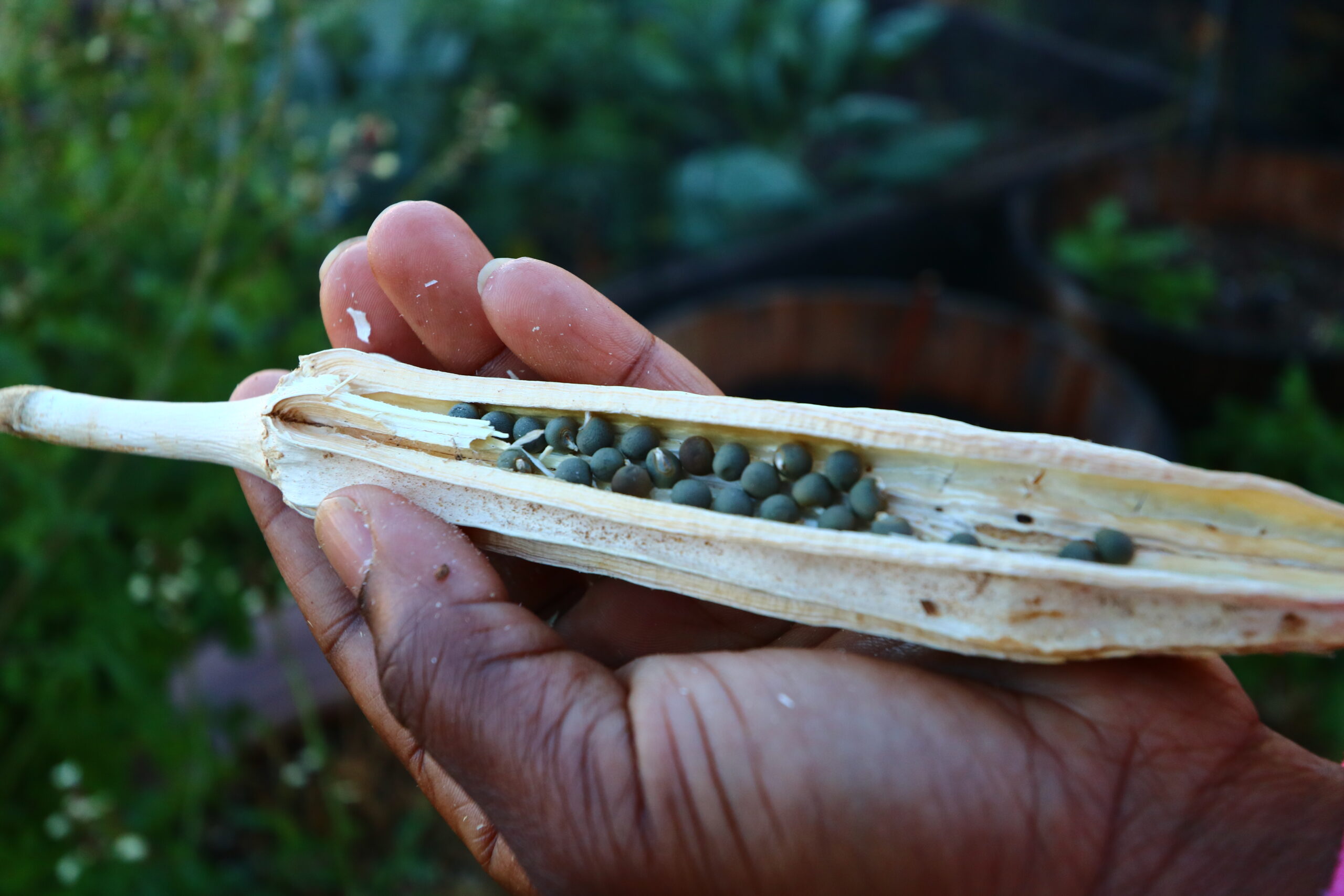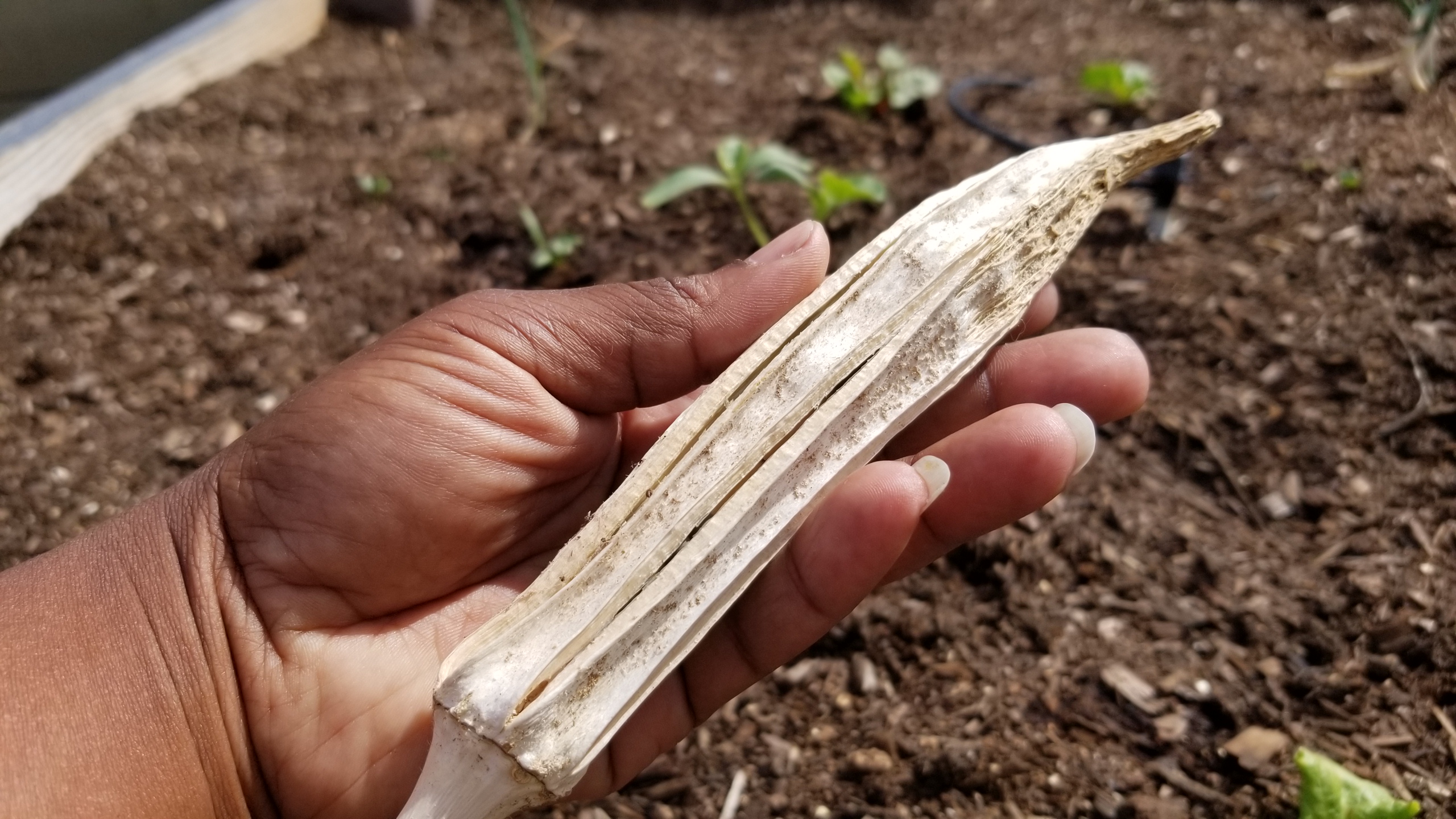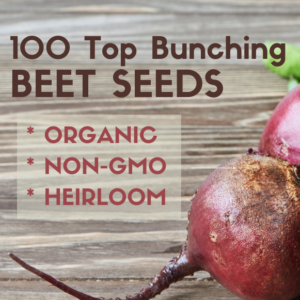$5.99
There is a lot of discussion over the exact origin of the okra plant but many believe it began growing as early as the 12th century BC in Ethiopia.
Some people call it “lady’s finger.” And although most times you see okra it’s green, it actually comes in two colors — red and green. Both varieties taste the same, and the red one turns green when cooked.
Okra is actually a part of the mallow plant family which is the same family where marshmallows come from. It definitely seems like a strange relation, like please do not try making okra smores. But the stickiness and gooeyness of the okra comes from the mucilage mallow plants produce that are made up of sugar residues called exopolysaccharides and proteins called glycoproteins. When this is heated up you get that perfect consistency for a gumbo.
Besides a yummy flavor, okra has lots of nutritional benefits including lowering blood cholesterol levels and blood sugar, it’s also rich in antioxidants, Vitamins A, C and magnesium.
Okra is pretty easy to grow if you live in an area with a lot of sun. In fact, we can’t keep up with it in our yard. Once the plant matures, we literally have to harvest daily because the vegetables just keep coming. And once the okra gets too big, it’s tougher than most people like.
Description
There is a lot of discussion over the exact origin of the okra plant but many believe it began growing as early as the 12th century BC in Ethiopia.
Some people call it “lady’s finger.” And although most times you see okra it’s green, it actually comes in two colors — red and green. Both varieties taste the same, and the red one turns green when cooked.
Okra is actually a part of the mallow plant family which is the same family where marshmallows come from. It definitely seems like a strange relation, like please do not try making okra smores. But the stickiness and gooeyness of the okra comes from the mucilage mallow plants produce that are made up of sugar residues called exopolysaccharides and proteins called glycoproteins. When this is heated up you get that perfect consistency for a gumbo.
Besides a yummy flavor, okra has lots of nutritional benefits including lowering blood cholesterol levels and blood sugar, it’s also rich in antioxidants, Vitamins A, C and magnesium.
Okra is pretty easy to grow if you live in an area with a lot of sun. In fact, we can’t keep up with it in our yard. Once the plant matures, we literally have to harvest daily because the vegetables just keep coming. And once the okra gets too big, it’s tougher than most people like.
15 seeds for $5
All of our seeds are non-gmo, untreated and open-pollinated.
How to plant
A few special things to keep in mind when deciding to plant okra is to leave some space between okra plants, around 10 inches, if you’re gonna plant several.
Wait until chances of the last frost are gone before planting the seeds directly in your garden in a sunny spot. It loves heat, which is why it grows so well in Phoenix!
Plant the seeds about ¼ inch deep. They require around 1 inch of water per week and do survive in droughts but don’t make them suffer unnecessarily. In my garden, I plant my okra in the same bed with my peppers. They are great companion plants because they are not competing for nutrients. It also helps control pests. And even though the plants don’t need much water, it does fine on the same schedule of my peppers — typically once a day for about 20 minutes. But my favorite way of watering pretty much all of my veggies is using ollas. Ollas take the guesswork out of watering and can cut your water bill in half – YouTube]. The ollas take the guesswork out of watering because the plants take exactly what they need… so if it’s an option, I definitely recommend it.
Once the okra is about 2-3 inches long it’s time to harvest! That’s the best time. Waiting too long to harvest will give you hard and woody okra… not as pleasant to eat, although I’ve had them in my soups and beans and it was fine.
OKRA STIR FRY RECIPE
Below is a simple way I make my okra. Feel free to be creative, add more spices, veggies, etc.
I stir fry onions, bell peppers, shishito peppers, celery and garlic for a few minutes before adding my okra. I like to slice my okra, about a third inch thick. Next I add chopped tomatoes, society garlic and whatever other herbs I have in the garden to the pan. Finally season to your liking… I sprinkle a little lemon and add salt and pepper. Delish! Let me know if you try if or if you have any other recipes!
What about the slime?
If slime is not your jam, then there are a few tricks you can utilize to avoid a sticky situation:
• You can freeze the okra and then cut it while it is still frozen to get rid of almost all the slime.
• There is also the vinegar trick where you soak the okra in vinegar for at least 30 minutes and then pat dry before cooking.
• Some people even say cutting okra in bigger pieces or imagining that you’re cutting an onion helps avoid a lot of the mucilage too.
• I cut around the head of the stem, almost like you’re peeling a potato. So instead of just chopping off the stem, just trim it off. Got this tip from my mother-n-law and it totally takes away some of that sliminess.
Do you love the slime? If not, how do you get rid of it?
More benefits, natural remedies, planting instructions and recipes on our site at GreenDesert.org







